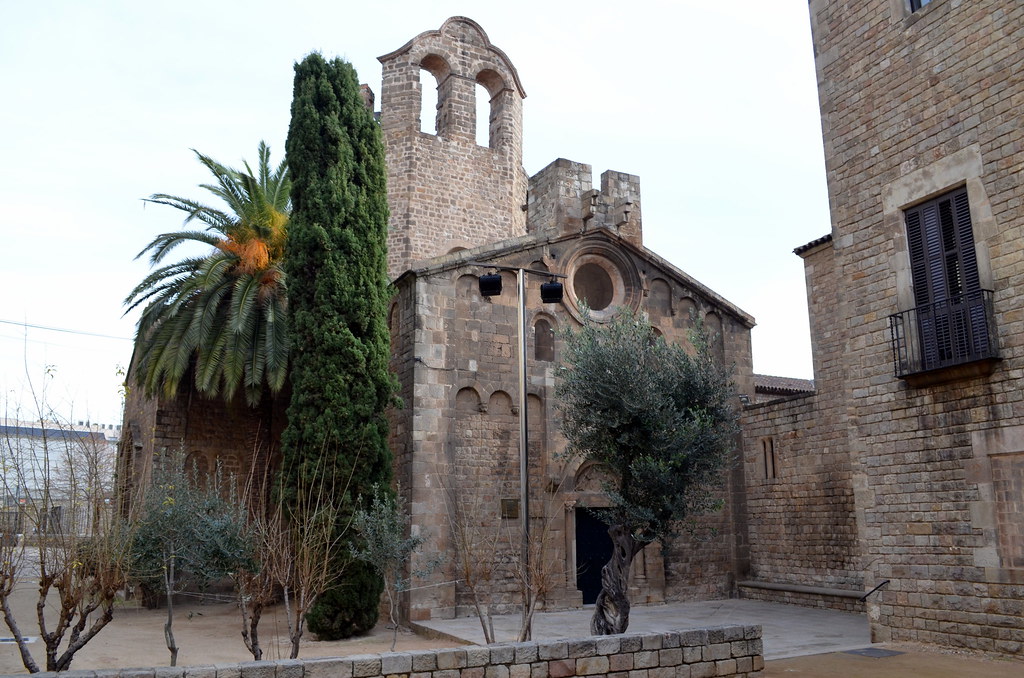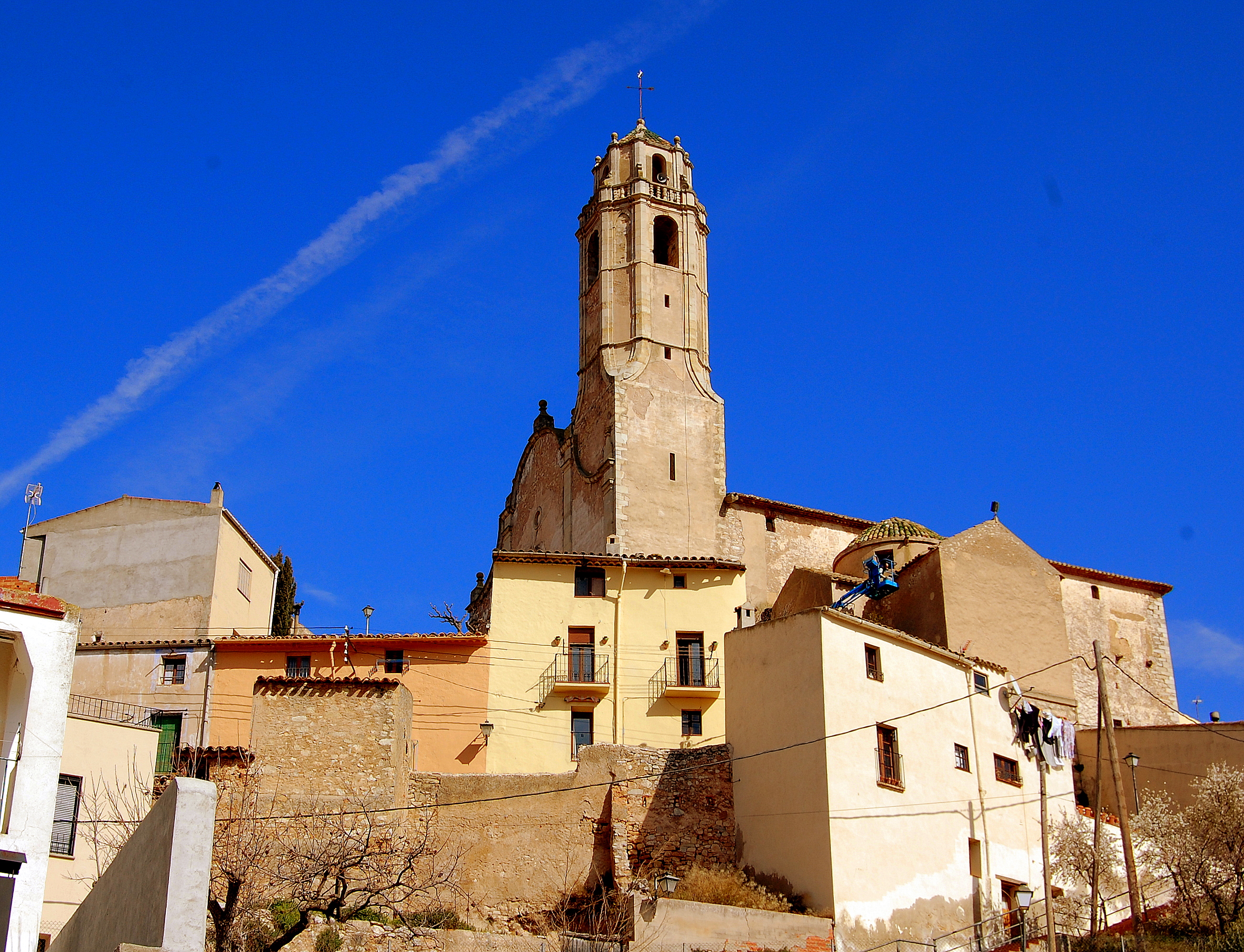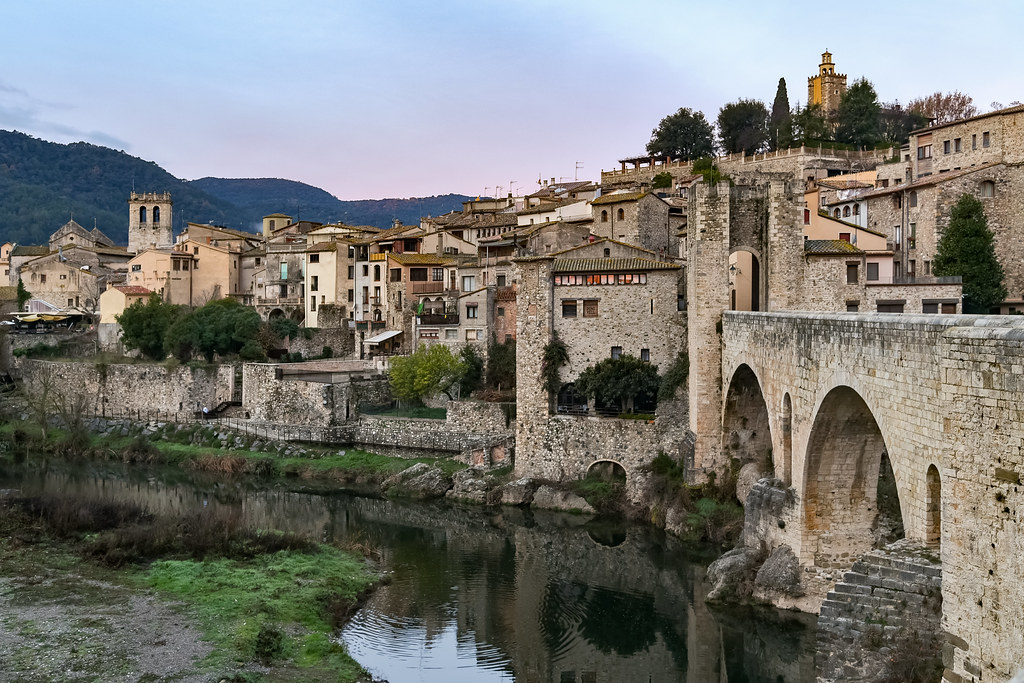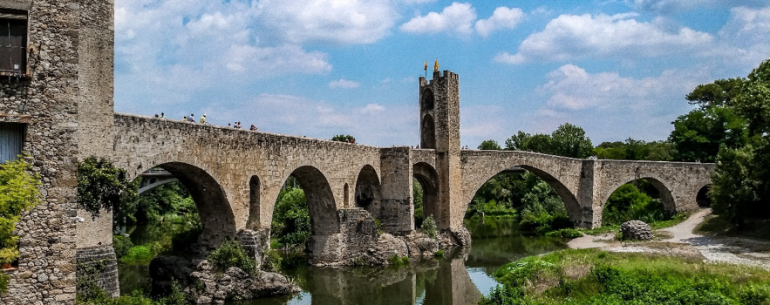If you assumed that the region of Catalonia was exclusively influenced by the buildings of the Roman Empire and the modernism that blossomed under Gaudí, you are clearly mistaken. Catalonia has always been known for being accessible to the new artistic currents of Europe. So from century to century and from epoch to epoch, the region has been influenced by the most diverse and fantastic ideas. Of all these different influences, one in particular is still very present in the landscape today: the Romanesque period.
Until today, you can find about 1900 churches, 200 castles and fortresses, some palaces, which have been restored or have undergone an extensive renovation, as well as wonderful bridges, mills and other buildings with Romanesque elements..
In order to bring you a little closer to Romanesque Catalonia, we have chosen a selection of 5 of the most beautiful sights in the Barcelona area, which you should definitely visit if you want to see more than just Barcelona itself and are not deterred by a little distance from your destination.
1. Sant Pau del Camp (Barcelona)
We start our church tour in Barcelona, more precisely in the Sant Pau del Camp. Originally, a part of the monastery of Sant Pau del Camp, this church is the only building that has survived to this day. The monastery was built in the 12th and 13th centuries and the remaining church is now one of the most important Romanesque buildings in Barcelona and also one of the oldest churches in the city. It consists of a cruciform foundation with three apses and an eight-sided crossing tower.

Special features:
The evangelist symbol (tetramorph) with animal figures is particularly noteworthy. In the center of the tympanum, there is a Majestas Domini, an enthroned Christ with a nimbus of the cross. There is also a Romanesque cloister.
2. Santa Maria de Barberà (Barberà del Vallès)
Just 25 to 30 minutes from the center of Barcelona lies our next destination. The church of Santa Maria de Barberà was built in the 11th century in honor of the virgin who bears her name. There are even some Romanesque frescoes still preserved. The apse was built between 1050 and 1090, but the nave was built in the 12th century.

Special features:
From research that took place in 1954, it is known that the foundation of the church is of Roman origin.
3. Cardona Castle (Cardona)
We are now slowly moving a little further away from Barcelona and exploring the region of Catalonia. Our next stop is about 1 hour and 15 minutes away, in Cardona. The castle of Cardona was built in 886 by Guifré el Pilós. Over the centuries it has undergone numerous modifications and has been extended several times. Today it is composed of elements of Romanesque and Gothic styles, with windows from the 11th and 12th centuries.
Special features:
The famous Torre de la Minyona is the castle’s showpiece – a circular structure of the 11th century with a diameter of over 10 meters and currently 15 meters high. Originally, this Romanesque tower was much higher. It was dismantled in the 18th century in order to be able to mount a cannon there.

4. Sant Vicenç Màrtir (Tarragona)
Tucked away in the beautiful region of Tarragona situated below Barcelona is the next destination on our church tour. This small Romanesque church with the melodious name Sant Vicenç Màrtir was built on a site that was used as a holy site in prehistoric times and is mentioned in 12th century sources. Of the original construction, a semicircular apse remains today, as well as some parts of the original wall. The four lateral chapels were added in 1612 during reform works.
Special features:
Due to its location 800 meters above sea level, you can enjoy a dreamlike view of the mountains of Montsant and Prades. (So pack your camera!).
5. Pont Vell – Old Bridge (Besalú)
Our last stop is not a church or a castle, but no less remarkable. Perhaps you remember that at the beginning of the article we told you that there are still some mills and bridges from the Romanesque period in Catalonia. Therefore we do not want to deprive you of this jewel. The imposing Gothic fortress bridge leads to Besalú, one of the best-preserved medieval villages in Catalonia. Iberians, Romans, Jews and even Christians left their traces here. Nowadays, the village is an attractive place that has maintained its own character with medieval charm. Therefore, if you have enough time, you can kill two birds with one stone and see the village behind the bridge as well. The historic center is particularly important architecturally.

Special features:
In addition to the old bridge Pont Vell (11th c.), the churches of Sant Vicenç (5th-12th c.) and Santa Maria (11th c.), as well as the church of the old monastery of Sant Pere (12th c.) and the Jewish mitzvah are worth highlighting.
Bonus Tip:
If you now have a taste for Romanesque architecture and don’t mind a longer journey, then a visit to the church of Beget is worthwhile. This beautifully restored church is one of the most important Romanesque buildings in the region (therefore all the more worth seeing if you have the chance!) and is located in the heart of the Pyrenees. Although the buildings were constructed in the 12th century, the builders also integrated some more primitive construction elements from the 5th and 6th centuries.
Special features:
The church of Beget has remarkable windows and a four-story bell tower attached to the side, with a square shape typical of the Romanesque period. The triumphal arch was also decorated in 1890 by Joaquim Vayreda with paintings in the Romanesque tradition.
That’s it! Now you are ready to discover some of the most beautiful churches and castles from the Romanesque period in Catalonia.
If you are interested in churches, but would rather stay in Barcelona itself, no problem: just look at the most beautiful churches in Barcelona and enjoy the architecture and artistic workmanship of the buildings.
And if you would like to discover more monuments across Catalonia, take a look at the website of the region and discover the other offers!



